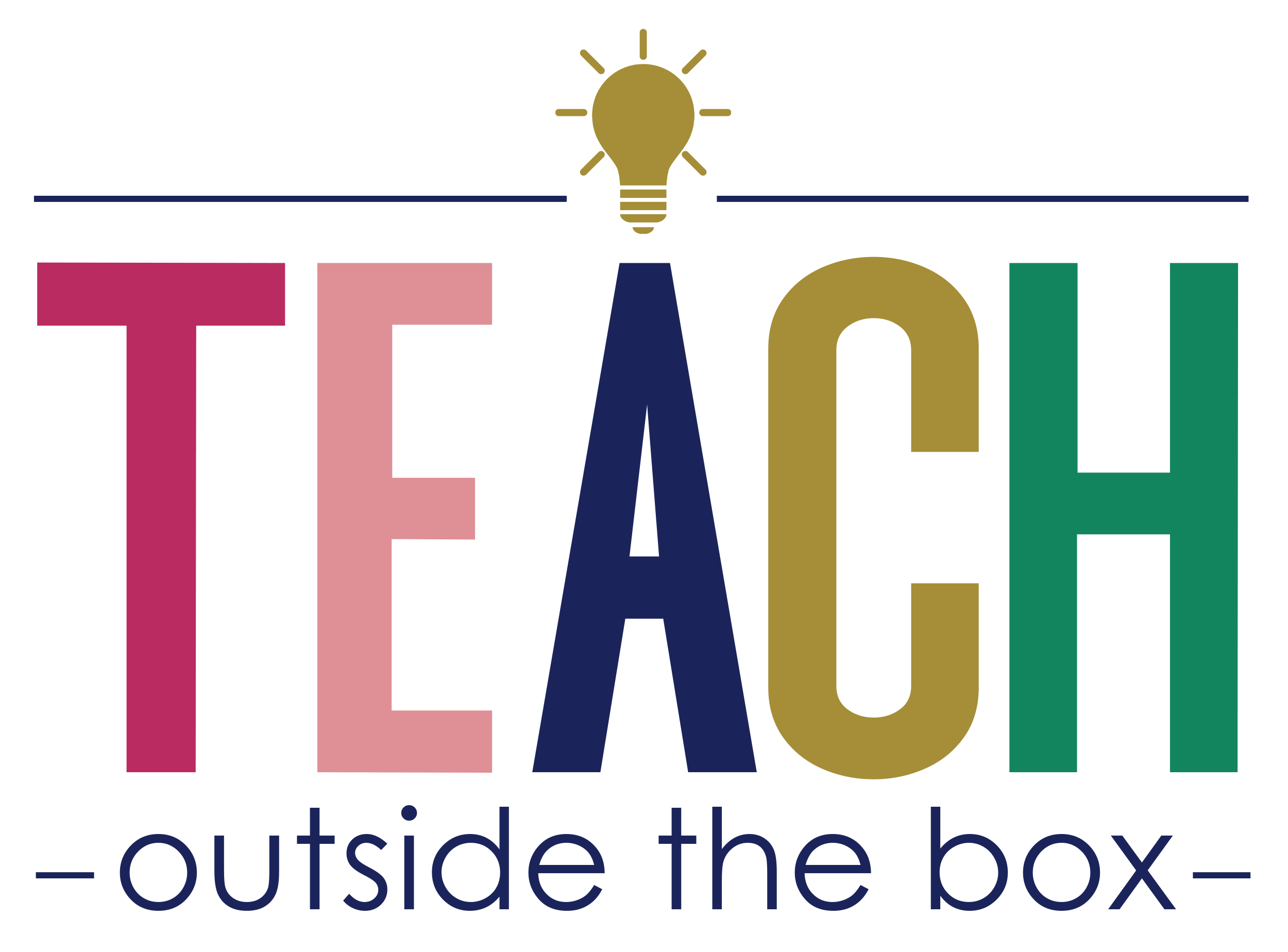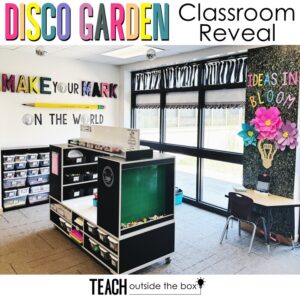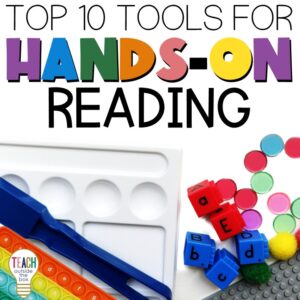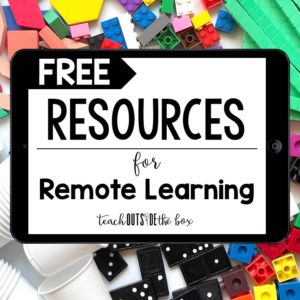Hands-on Basic Facts with Sumblox

Every once in awhile, I come across an educational product or idea and I think to myself, “Man, I wish I would’ve thought of that!” Teaching basic addition and subtraction facts to little learners is no easy task, and early childhood best practices maintain that hands-on, concrete experiences are best. The concept of Sumblox – wooden building blocks that are sized just right to allow little hands to make sums, make differences, and make equal is truly brilliant.
My Aha Moment
As a child, I struggled with number sense. To me, the equals sign always meant “the answer is” and nothing more. Like many kids, I resolved to memorizing basic facts, algorithms, and tricks that would get me through math classes with my head above water and get me to that “right answer.” It wasn’t until five years into teaching that my brilliant math-minded teammate, Kristi, shared that the equals sign doesn’t mean “the answer is.” It means “the same as.” The equals sign is like the fulcrum in the center of a balance scale as you try to even out both sides. Cue teacher forehead slap. Why was this never verbalized to me as a child?! This concept is EXACTLY what young children need to grasp as they explore number sense for the first time, and this is exactly what Sumblox allows them to see and feel in concrete form. As Albert Einstein maintained, “Play is the highest form of research,” and Sumblox provide the idea opportunity to LEARN THROUGH PLAY.
How Sumblox Work
Quite simply, Sumblox are sized to match the value of the number: i.e. the one block is the shortest and the ten block is the tallest. This allows for infinite possibilities as students are able to “see” sums and differences very quickly. More importantly, they are able to build towers to “make equal,” immediately grasping the foundations of the commutative property of addition. When my daughter and I first opened the box, we immediately started with sums of 10. One of her first guesses was 6 + 3, and as she stacked it next to the 10, it was immediately apparent that it it was just a tad bit too short. She switched it out for the 4 to make the tower even.


Getting Started
To introduce Sumblox to my Kindergartners and first graders, I challenged them to work with partners to make all possible sums with specific target numbers of 10 or higher. To make numbers higher than ten, students simply added one blocks on top of the ten block, very similar to standard base ten blocks that most students are already familiar with. They absolutely LOVED the challenge and were so motivated to find all the possible sums.

Recording Facts
I placed the following templates inside page protectors for students to reuse multiple times. When students found a sum, they recorded it on their “Making Sums” sheets with a dry erase marker. It was amazing to watch them build sums with three or more addends!



There are two additional games included in the activity card in this kit, “Towers” and “Bridges.” Students also LOVED free building to create their own structures and tallest towers with the unique number shapes.
I am so excited to use Sumblox in my classroom and at home for many years to come! Check out their website for purchase options, including teachers’ guides and blocks designed for multiplication and fractions.





